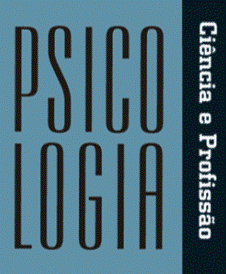This paper deals with speeding in urban areas, surveying the law impact over the driver's perception and behavior. The starting point for the analysis was the legislation about speed limits: Brazilian Traffic Law, from 1997, the State legislation, that modified the streets classification, and consequently affected determinations about speeding, and the Federal Law, from 2006, that altered the infractions on speeding. The analysis of the Federal and State Law texts about driving over the speed limit shows the existence of ambiguities that cause distortions about the limit concept and may reinforce the inadequate perception that driving a little over the speed limit is not risky at all. This perception is motivated by frequent changes on the law text and its confusing advertising, that leads the drivers to misread the law and identify different speed limits. The traffic sign loses its discriminative stimulus sense and thus is unable to lead to a behavior both adequate and compatible with safe traffic, what increases the risk. The recommendation is to write clear texts that forbid double interpretation, fixing a single limit and making speeding to be considered a severe infraction.
Subjectivity and traffic; Risk perception; Speeding


